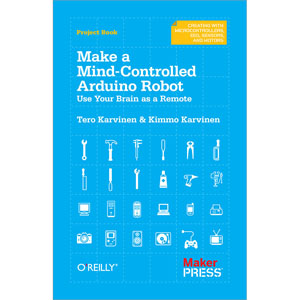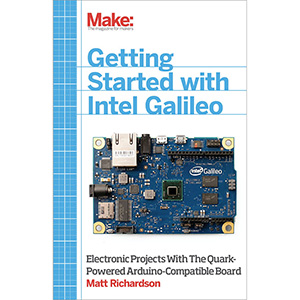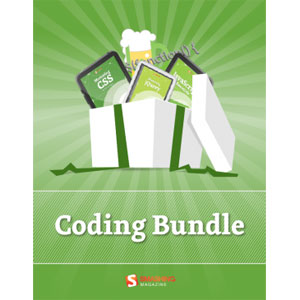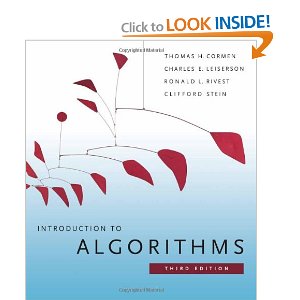Getting Started with the Internet of Things

What is the Internet of Things? It’s billions of embedded computers, sensors, and actuators all connected online. If you have basic programming skills, you can use these powerful little devices to create a variety of useful systems—such as a device that waters plants when the soil becomes dry. This hands-on guide shows you how to start building your own fun and fascinating projects.
Learn to program embedded devices using the .NET Micro Framework and the Netduino Plus board. Then connect your devices to the Internet with Pachube, a cloud platform for sharing real-time sensor data. All you need is a Netduino Plus, a USB cable, a couple of sensors, an Ethernet connection to the Internet—and your imagination.
- Develop programs with simple outputs (actuators) and inputs (sensors)
- Learn about the Internet of Things and the Web of Things
- Build client programs that push sensor readings from a device to a web service
- Create server programs that allow you to control a device over the Web
- Get the .NET classes and methods needed to implement all of the book’s examples
About the Author
Dr. Cuno Pfister studied computer science at the Swiss Federal Institute of Technology in Zurich (ETH Z rich). His PhD thesis supervisor was Prof. Niklaus Wirth, the designer of the Pascal, Modula-2 and Oberon programming languages. Dr. Cuno Pfister is the Managing Director of Oberon microsystems, Inc., which has worked on everything from mobile solutions to a large hydropower-plant monitoring system with 10,000 sensors.
Book Details
- Paperback: 192 pages
- Publisher: O’Reilly Media (May 2011)
- Language: English
- ISBN-10: 1449393578
- ISBN-13: 978-1449393571














